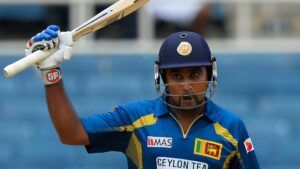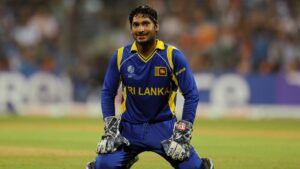Embark on a journey through the dynamic landscape of Sri Lanka's cricketing history, where triumphs, controversies, and resilience intertwine to shape the narrative of the national cricket team. From its inception amidst socio-political upheavals to its crowning glory at the 1996 Cricket World Cup, the team's story is a testament to the enduring spirit of a nation fervently passionate about the sport.
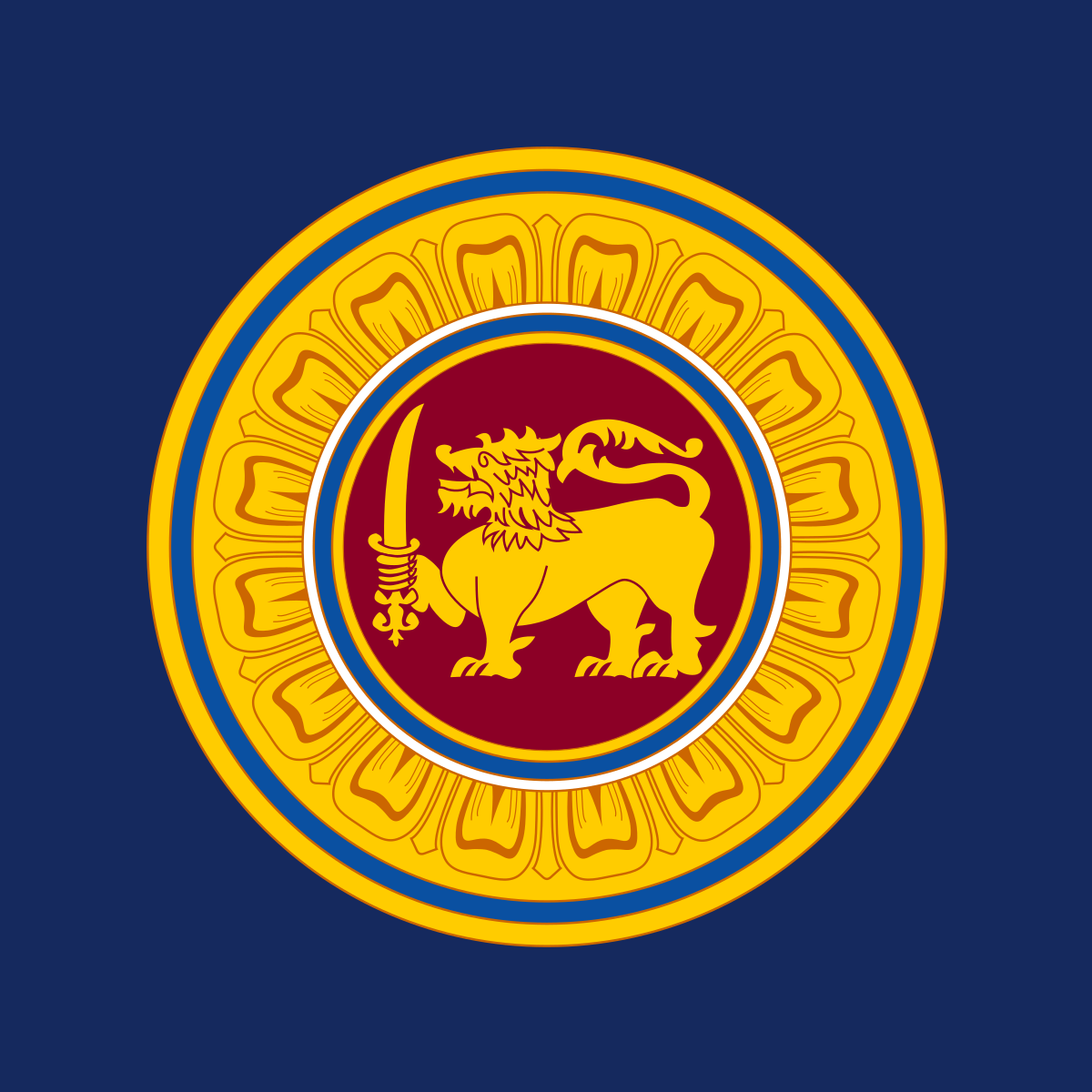
Sri Lanka National Cricket Team
Team Information
| Founded | 1975 |
| Captain | Dasun Shanaka, Dimuth Karunaratne |
| Coach | Chris Silverwood (Head coach) |
| Association | Sri Lanka Cricket |
| First Test | 1981 |
| First ODI | 1975 |
| First T20 | 2006 |
| Nicknames(s) | The Lions |
Sri Lanka National Cricket Team Stats & Records

Sri Lanka National Cricket Team
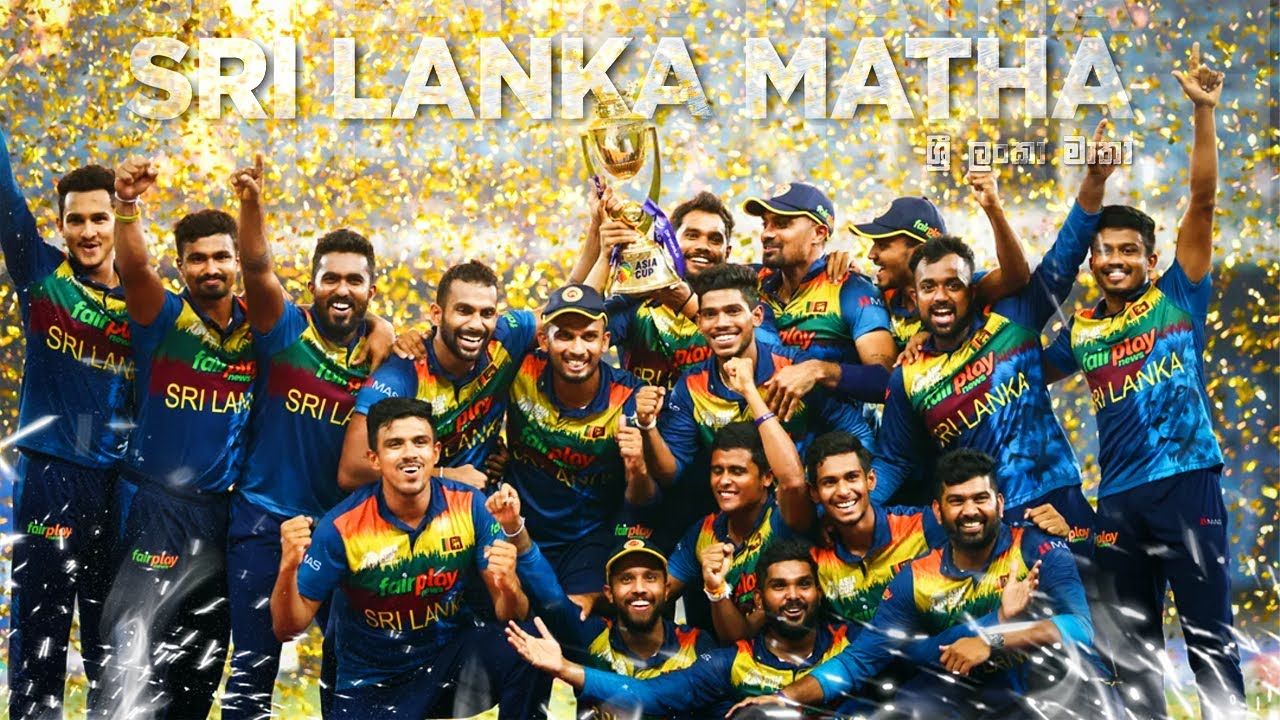
The Sri Lanka National Cricket Team, a coveted symbol of national pride, has a history rich in triumphs and tribulations.
From its humble beginnings to the spectacular World Cup victory in 1996, the team has been a significant player on the world stage.
However, its journey is not without controversies and challenges. The contribution of several remarkable players and their performances, combined with the ardent passion of the nation, propels the team forward.
As we set off on this exploration, we invite you to join us in understanding the nuances and complexities of this intriguing sports narrative.
- The Sri Lanka Cricket team, recognized by ICC in 1982, has overcome socio-political and resource challenges to achieve global recognition.
- Their remarkable 1996 World Cup triumph, achieved through strategic planning and disciplined training, inspired emerging cricketing nations.
- Notable players like Muttiah Muralitharan, Kumar Sangakkara, and Sanath Jayasuriya have significantly shaped Sri Lankan cricket with their exceptional skills and commitment.
- The team's future outlook involves nurturing promising young talent, enhancing fitness and skill levels, and ensuring sustainable, adaptable strategic execution.
The Genesis of Sri Lanka Cricket
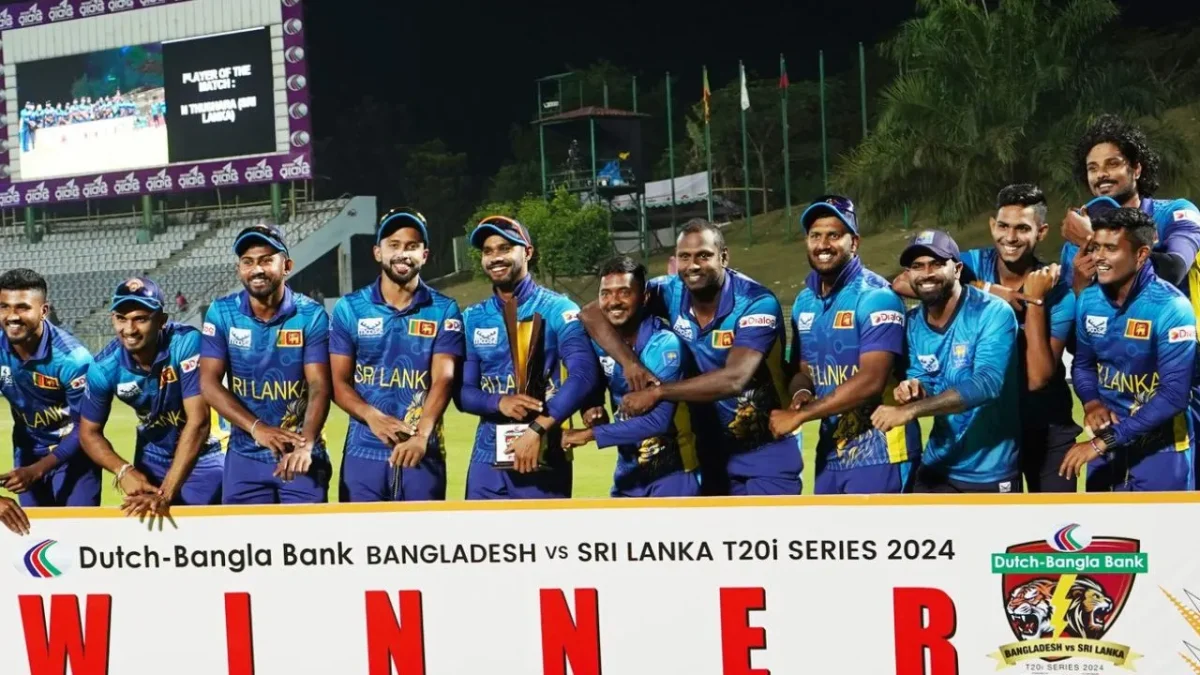
While cricket’s inception in Sri Lanka dates back to the British colonial period, it was not until 1982 that the Sri Lanka national cricket team was officially recognized by the International Cricket Council, marking the genesis of formal cricket in the nation.
This recognition was a significant milestone, underscoring the strides made by a country that had, for long, nurtured a fervent passion for the sport.
The period leading up to 1982 was marked by a concerted effort to establish a cricketing infrastructure in Sri Lanka, an endeavor that involved the development of domestic cricket leagues and the cultivation of local talent.
The Test status granted in 1982 served as a validation of these efforts and laid the foundation for the future successes of the national team.
However, the journey towards formal recognition was not without challenges. The nascent stages of Sri Lankan cricket were marked by socio-political upheavals and resource limitations.
Yet, the determination, resilience, and unwavering commitment of those involved in the sport were instrumental in overcoming these obstacles, setting the stage for an exciting chapter in the annals of cricketing history.
Journey to World Cup Victory
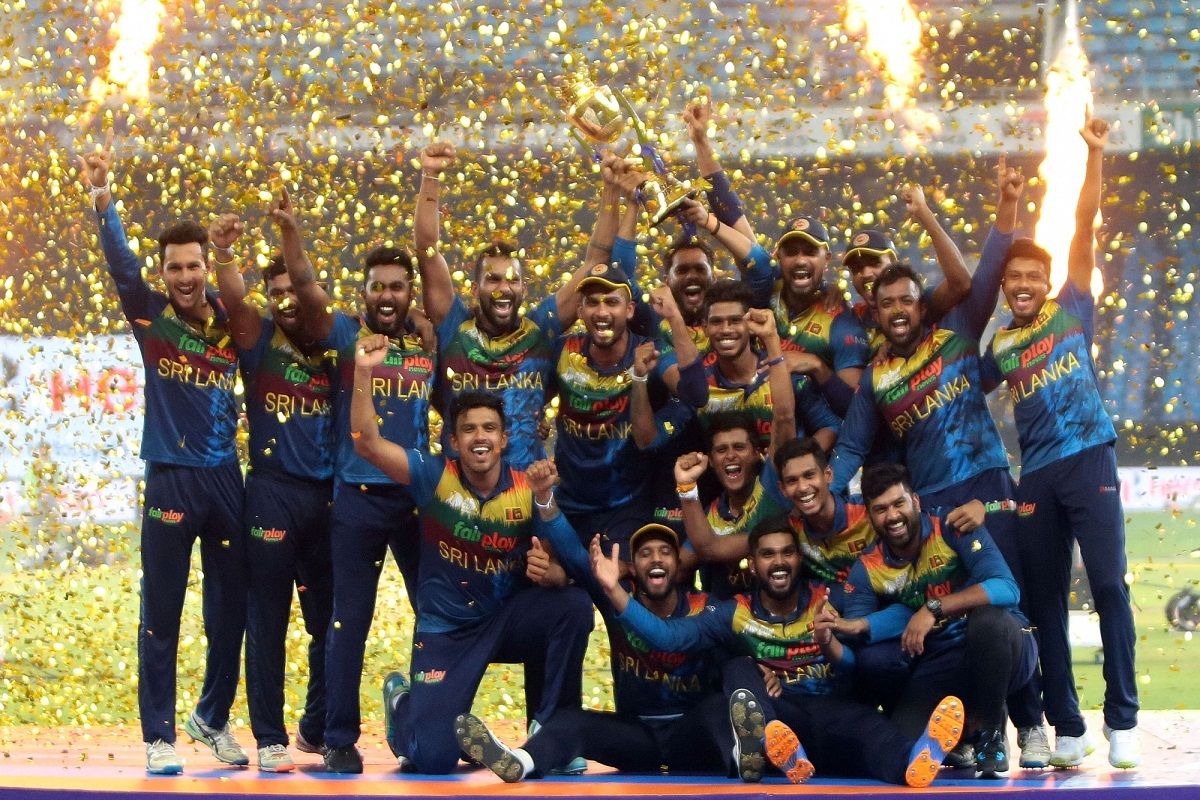
In the wake of their official acknowledgment, the Sri Lanka National Cricket Team set off on a remarkable journey that culminated in their triumphant victory at the 1996 Cricket World Cup.
The squad’s journey was marked by a systematic approach to training, strategic game planning, and a relentless pursuit of excellence that transcended the cricketing norms of the era.
This transformational journey was not without challenges. The team faced formidable opponents, unfamiliar playing conditions, and were often regarded as underdogs.
However, they used these adversities as fuel to strengthen their resolve and enhance their performance, thereby embodying the spirit of liberation that their fans yearned for.
The Sri Lanka National Cricket Team’s 1996 World Cup victory was not an overnight achievement. Rather, it was a result of years of disciplined training, strategic planning, and an unwavering belief in their capabilities.
This victory not only etched their name in the annals of cricket history but also served as an inspiration to emerging cricketing nations.
It sent out a clear message that with grit, determination, and a clear vision, even the perceived underdogs can ascend to the pinnacle of world cricket.
Notable Players and Performances
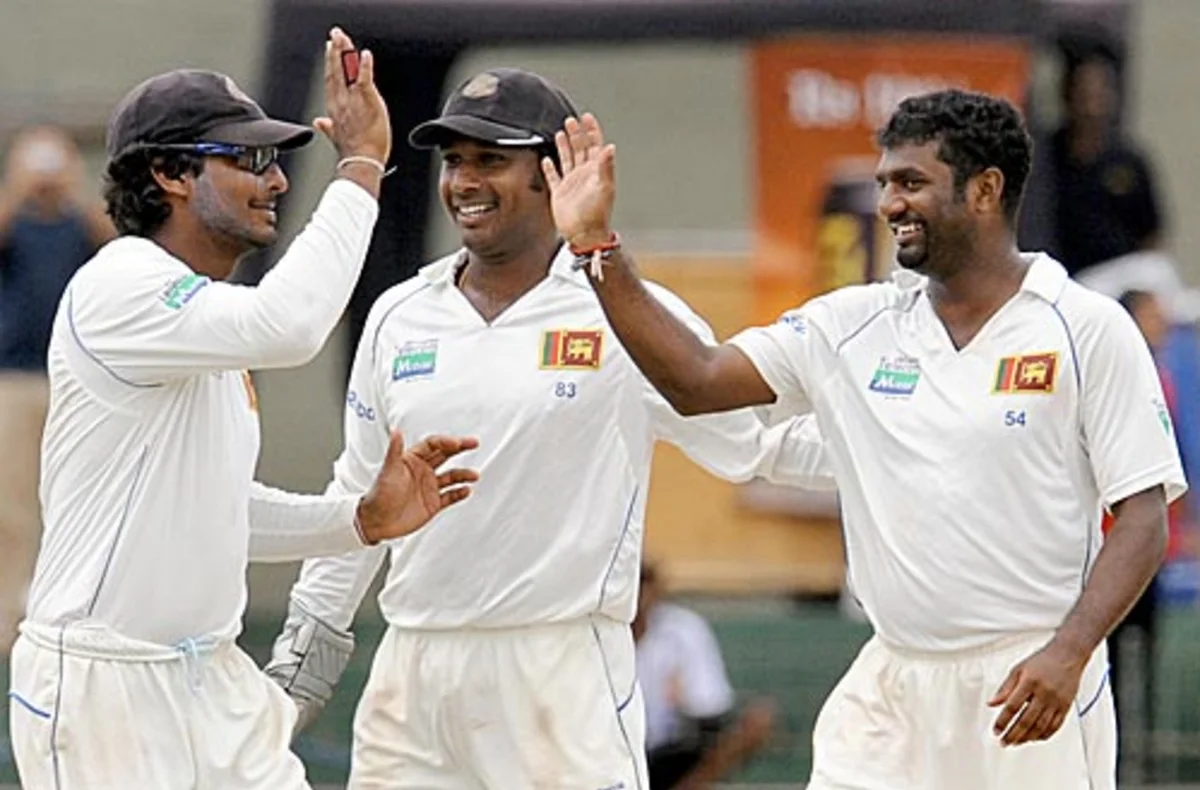
Over the years, the Sri Lanka National Cricket Team has been graced by the presence of several remarkable players who have delivered exceptional performances that have greatly contributed to the team’s success.
Foremost among them is Muttiah Muralitharan, the highest wicket-taker in Test cricket history, with his inimitable bowling style.
Another player of note is Kumar Sangakkara, a wicketkeeper-batsman who boasts an impressive career average in both Tests and One Day Internationals (ODIs).
His leadership and resilience on the pitch were key in various triumphant moments for the Sri Lankan team.
Sanath Jayasuriya, meanwhile, revolutionised the way ODIs were played with his aggressive batting in the 1996 World Cup. His performance set a new standard for openers, significantly influencing the sport’s strategy.
Finally, Mahela Jayawardene’s tactical acumen and world-class batting, especially in the 2007 World Cup where he scored a century in the semi-final and final, further underscored Sri Lanka’s prowess.
These players, along with several others, have shaped the Sri Lankan cricket landscape with their skill, commitment, and strategic brilliance.
Their performances stand as a proof to the team’s success and the strength of cricket in Sri Lanka.
Challenges and Controversies
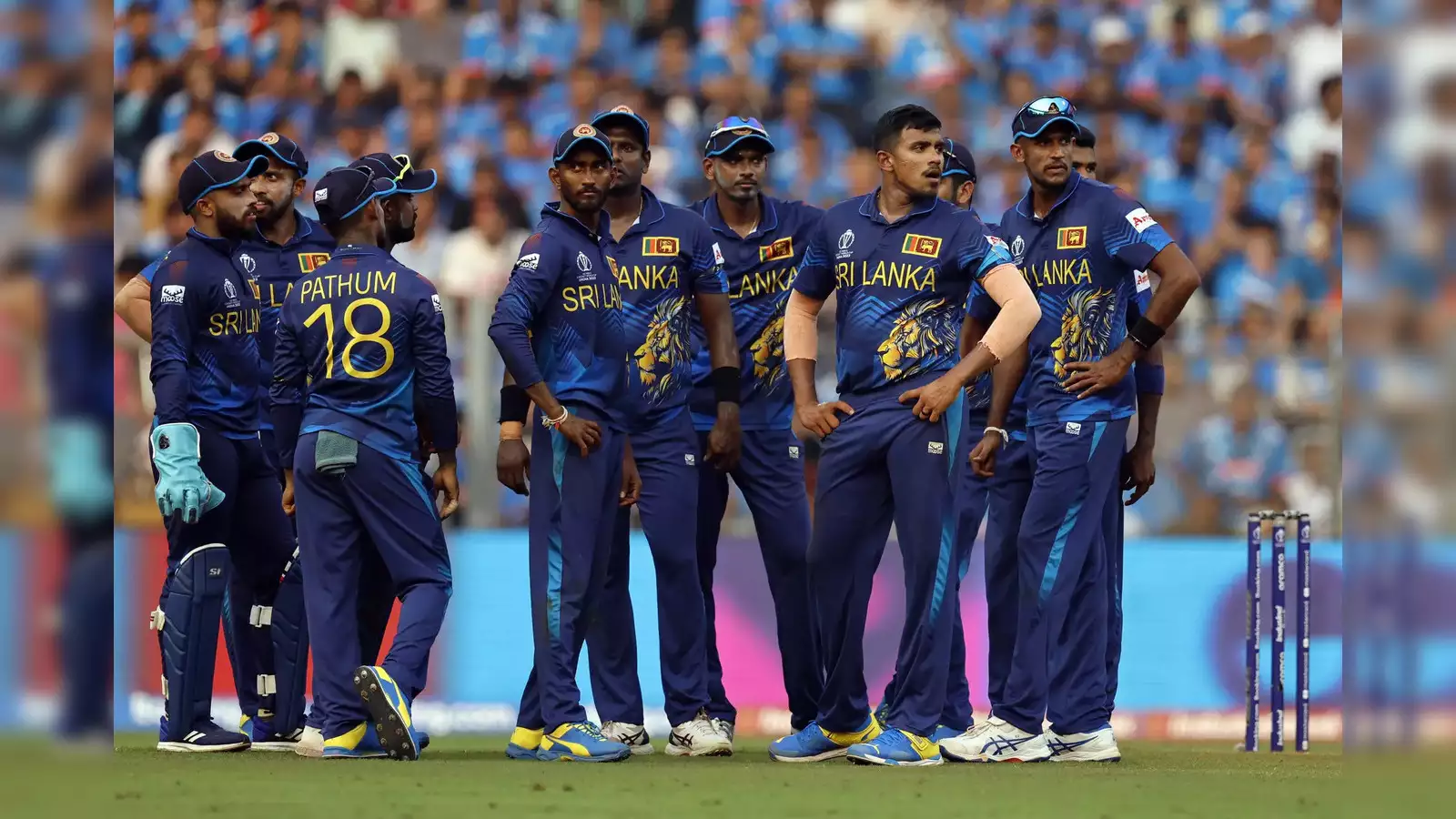
Despite the numerous triumphs and notable players that have graced the Sri Lanka National Cricket Team, it has not been immune to a series of challenges and controversies that have marked its journey.
The team has been embroiled in numerous instances of alleged match-fixing, which has led to investigations, suspensions, and a dent in its reputation.
The constant changing of team captains, for instance, has caused instability and insecurity within the team, affecting its performance and morale.
Additionally, the team has faced financial struggles. Its governing body, Sri Lanka Cricket (SLC), has been plagued by allegations of corruption, mismanagement of funds, and political interference.
These issues have resulted in a lack of adequate funding for player development and infrastructure, hindering the team’s growth.
To conclude, there have been instances of player disputes and disciplinary issues.From disagreements over contracts and pay to public spats and behavior unbecoming of professional sportspersons, these incidents have further tarnished the team’s image.
Despite these challenges and controversies, the Sri Lanka National Cricket Team remains resilient, continuing its quest for excellence in the face of adversity.
Future Prospects of the Team
Looking ahead, the future prospects of the Sri Lanka National Cricket Team are shaped by a combination of promising talent and strategic initiatives.
The team boasts a wealth of young players, who, with their raw talent and passion, provide a solid foundation for the team’s future.
These players, nurtured through intensive training and development programs, are expected to mature into skilled professionals capable of steering the team to new heights.
Strategic initiatives also play a significant role. Emphasis on fitness and skills improvement, coupled with a focus on mental toughness, underpins the team’s strategy.
An emphasis on grassroots development and talent spotting, too, bodes well for the future.
However, success is not guaranteed. The team must overcome challenges, including the need to balance experience and youth, and to manage expectations.
It must also make sure the sustainability of its initiatives and adapt to changing circumstances.
The future of the Sri Lanka National Cricket Team, thus, hinges on its ability to harness its talent effectively, execute its strategies successfully, and overcome emerging challenges. It is a task that requires determination, resilience, and strategic acumen.
Conclusion
To sum up, the Sri Lanka national cricket team’s journey, marked by notable triumphs, exceptional performances, and challenging controversies, has been instrumental in shaping its unique identity in international cricket.
The team’s future prospects appear promising, with investment in young talent and strategic planning. Regardless of the challenges ahead, the team’s enduring spirit and resilience suggest a future filled with potential, paving the way for more memorable moments in the annals of cricket history.
Frequently Asked Questions (FAQs)
What Are the Different Formats of Cricket That the Sri Lanka National Cricket Team Participates In?
Different formats of cricket in which a national team may participate typically include Test Matches, One Day Internationals (ODIs), and Twenty20 Internationals (T20Is), providing a range of competitive platforms for the sport.
Who Sponsors the Sri Lanka National Cricket Team?
The team’s sponsorship is handled by several entities, prominently including Dialog Axiata, a leading telecommunications company. Other notable sponsors encompass entities ranging from apparel brands to financial institutions, contributing to the team’s financial sustainability.
What Are the Training and Preparation Strategies for the Team Before a Major Tournament?
Preparation strategies for a major tournament typically involve rigorous physical conditioning, strategic practice sessions, skills enhancement, simulated match scenarios, and mental toughness training to guarantee peak performance and resilience under pressure.
How Does the Selection Process Work for the Sri Lanka National Cricket Team?
The selection process involves meticulous scouting of talents from domestic leagues, rigorous fitness and skills tests, and consistent performance evaluation. Final selection is dependent on the player’s suitability for the team’s strategic requirements in the upcoming matches.
Are There Any Initiatives Designed to Nurture and Develop Young Talent in Sri Lanka Cricket?
Yes, there are initiatives aimed at nurturing young talent in cricket. These programs focus on skill development, fitness training, and competitive match experience, to prepare youngsters for the high demands of international cricket.


